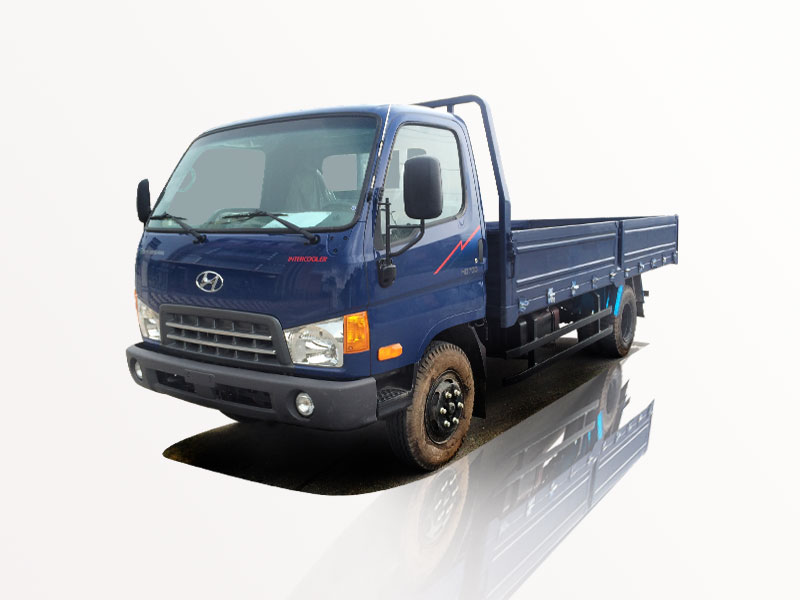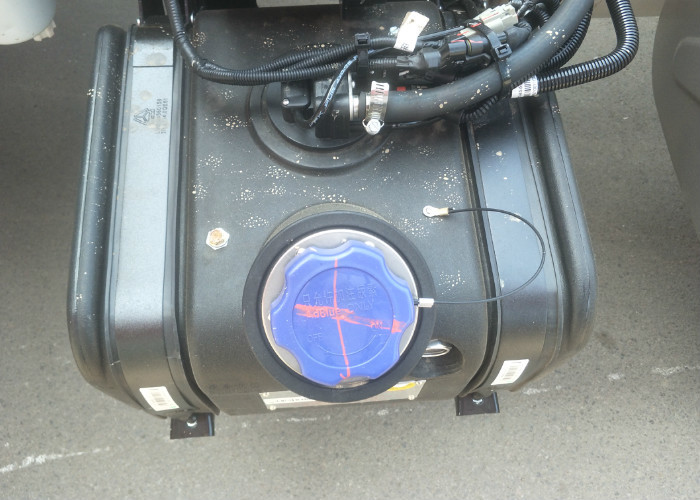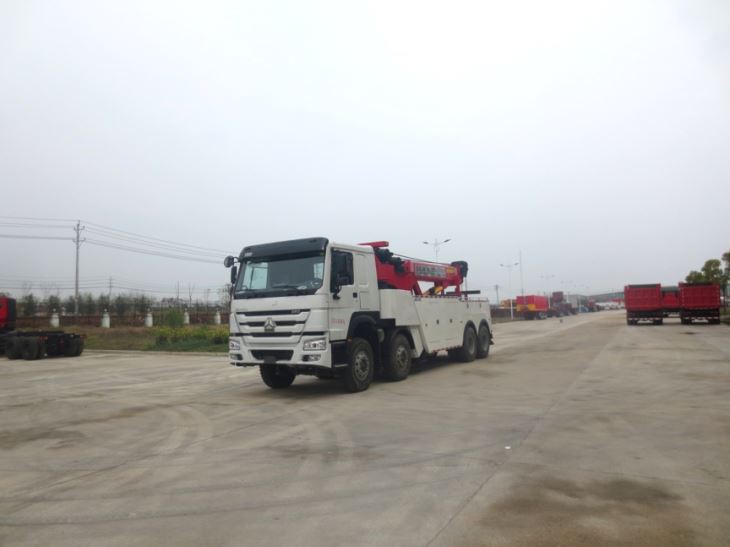When it comes to fire safety, one crucial aspect that often goes underappreciated is the tires on fire engines. These tires play a vital role in the performance and safety of fire trucks, influencing their ability to respond to emergencies effectively. This article will delve into the world of fire engine tires, examining their importance, various types, maintenance, and best practices to ensure optimal performance.
The Importance of Fire Engine Tires
Fire engine tires are specially designed to endure challenging conditions and heavy loads. A fire engine can weigh between 20,000 to 75,000 pounds, depending on its size and equipment. The right tire can significantly affect the vehicle’s performance, speed, and safety.
1. Load-Bearing Capacity
A tire’s load-bearing capacity is critical for fire engines. These vehicles must carry pumps, hoses, water tanks, and crew members. Suitable tires ensure that these heavy loads can be supported without compromising safety.
2. Traction and Maneuverability
Fire engines are often required to traverse uneven terrain and slippery surfaces. High-traction tires help maintain stability and control, allowing firefighters to respond efficiently in emergencies.
3. Speed and Response Time
The right tires can significantly affect acceleration and stopping distance. Given that fire trucks often need to yield to emergencies at high speeds, having dependable tires is essential for quick response times.
Types of Fire Engine Tires
Fire engine tires come in various types, each designed to cater to specific conditions and requirements. Understanding these types can help fire departments choose the best option for their vehicles.
1. All-Weather Tires
All-weather tires are designed to perform well in various conditions, including rain, snow, and dry surfaces. They are ideal for fire engines that operate in regions with fluctuating weather.
Benefits of All-Weather Tires
- Versatile performance in different conditions
- Reduced risk of hydroplaning in wet conditions
- Enhanced traction on snowy roads
2. Off-Road Tires
In rural areas or during specific incidents, fire engines may need to maneuver off paved surfaces. Off-road tires feature deeper treads and more robust materials, providing better traction in tough terrains.
Key Features of Off-Road Tires
- Enhanced tread design for uneven surfaces
- Increased durability to withstand rough conditions
- Better ability to self-clean during muddy operations
3. Performance Tires
Performance tires are crafted for speed and handling. While typically not used for operational fire engines, these tires may be utilized in specialized vehicles that need high performance.
Fire Engine Tire Specifications
| Specification | Details |
|---|---|
| Load Index | Rated capacity often between 1400 to 5000 pounds per tire depending on the fire engine type. |
| Speed Rating | Typically classified as “J” to “R,” allowing speeds up to 106 mph. |
| Tread Depth | Standard tread depth of 10-12/32 inches for water dispersion and grip. |
| Material | Reinforced rubber compounds for durability and heat resistance. |
Factors to Consider When Choosing Fire Engine Tires
Selecting the right tires for fire engines requires careful consideration of various factors. These considerations ensure that fire departments can efficiently and safely operate their vehicles.
1. Climate and Weather Conditions
Fire engines operating in areas with heavy rainfall or snow may benefit from all-weather or winter tires. Understanding regional weather patterns is crucial when choosing tire types.
2. Terrain Types
Departments in rural or mountainous areas may need off-road tires. The terrain dictates the essential qualities needed for effective emergency responses.
3. Load Requirements
The combined weight of equipment and personnel dictates the load-bearing capacity needed from tires. A thorough inventory of the fire engine’s load must be taken when selecting tires.
4. Budget and Cost-Effectiveness
While premium tires may be more expensive initially, their durability may lead to lower long-term costs due to less frequent replacements. Budgeting for tire maintenance should also be factored into fire department spending.
Maintenance of Fire Engine Tires
1. Regular Inspections
Conduct routine inspections to check for signs of wear, damage, or pressure loss. Simple checks can often spot issues before they escalate.
2. Tire Pressure Monitoring
Maintaining optimal tire pressure is vital for safety and performance. Use a calibrated tire pressure gauge to ensure tires are inflated according to manufacturer recommendations.
3. Rotation and Alignment
Rotating tires and checking alignment aligns wear patterns and extends the life of the tires. Regularly scheduled maintenance is critical in maintaining balanced wear.
4. Tread Check
Regularly measuring tread depth helps ensure that tires provide enough grip and traction. A depth of less than 4/32 inches may require replacement.
5. Cleaning and Conditioning
Keeping tires clean helps maintain their flexibility and rubber integrity. Use non-corrosive cleaners and conditioners to prevent cracking and deterioration.
Common Challenges and Solutions
Fire departments may face unique challenges when dealing with fire engine tires. Here are some common issues and their solutions:
1. Wear and Tear
Problem: Frequent wear can lead to a reduced lifespan of tires.
Solution: Schedule regular inspections and rotate tires to ensure even wear.
2. Over-inflation or Under-inflation
Problem: Incorrect pressure can lead to decreased fuel efficiency and dangerous handling.
Solution: Implement a routine tire pressure check procedure and educate staff on tire maintenance.
3. Irregular Tread Wear
Problem: Causes may include misalignment or improper inflation.
Solution: Regular alignment checks and adjustments as necessary to ensure even wear.
Real-World Examples of Tire Applications in Fire Departments
Case Study: Urban Fire Department
An urban fire department has reported improved emergency response times after upgrading to all-weather tires on their fleet. By ensuring that their fire engines have optimal traction in wet conditions, they have minimized response times during rainstorms.
Case Study: Rural Fire Department
A rural fire service faced challenges when responding to wildfires, primarily due to inaccessible terrain. By equipping their engines with off-road tires, they increased their ability to reach remote areas, greatly enhancing their operational effectiveness in crisis situations.
Innovative Technologies in Fire Engine Tire Design
Advancements in tire technology are leading to improved performance, sustainability, and safety. Below are a few innovations worth noting:
1. Run-Flat Tires
Run-flat technology allows vehicles to continue operating even after losing tire pressure. This feature can be invaluable during emergencies when every second counts.
2. Smart Tire Monitoring Systems
These systems use sensors to measure tire pressure and tread wear, sending real-time data to central monitoring systems. This technology facilitates proactive maintenance and adherence to safety regulations.
Frequently Asked Questions
1. How often should fire engine tires be replaced?
It’s generally recommended to replace fire engine tires every 5-7 years, but this can vary based on wear, type of tire, and usage patterns.
2. What should I look for during a tire inspection?
Inspect for tread depth, cracks, bulges, and foreign objects lodged in the tire. Check for uneven wear patterns and ensure the sidewalls are intact.
3. Can I use regular vehicle tires on fire engines?
No, regular vehicle tires do not have the same load ratings or durability needed for fire engines. They lack the necessary features for safety and performance in emergency situations.
4. Are there specific brands known for fire engine tires?
Yes, several brands specialize in fire engine tires, including Goodyear, Michelin, and Bridgestone, known for their enhanced durability and performance.
5. What is the proper tire pressure for fire engines?
The proper tire pressure may vary based on the tire size and load. Always refer to the manufacturer’s specifications for precise recommendations.
6. How can I increase the lifespan of fire engine tires?
Regular maintenance, timely replacements, ensuring correct tire pressure, and rotating tires will contribute significantly to extending their lifespan.



